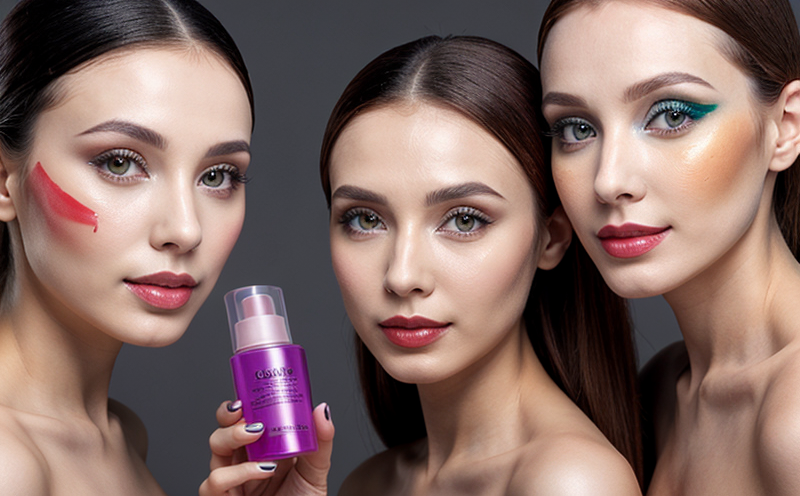Preservative Safety Testing in Cosmetic Formulations
In the realm of cosmetics and toiletries, preservatives play a crucial role by inhibiting microbial growth, which can lead to product spoilage or contamination. The safety evaluation of these preservatives is paramount to ensure that they do not pose any risk to consumers. This service focuses on assessing the safety of preservatives used in cosmetic formulations. By conducting comprehensive toxicity and safety assessments, we provide clients with robust data to support their regulatory compliance and enhance consumer confidence.
The process involves a series of laboratory tests designed to evaluate the potential adverse effects of preservatives under various conditions. These evaluations are guided by international standards such as ISO 21756:2014, which sets out procedures for assessing the safety of preservatives in cosmetic products. The testing encompasses multiple stages including initial screening assays, detailed toxicological studies, and human exposure simulations.
The first step is often a preliminary toxicity screen using cell cultures to identify any compounds that could potentially be harmful at even low concentrations. This phase helps narrow down the list of preservatives for further scrutiny. Next comes in vitro testing on skin tissues or other relevant biological models to assess how these preservatives interact with human cells and tissues.
Following this, we conduct more extensive in vivo studies involving live animals if required by specific regulatory requirements. These tests provide valuable insights into the systemic effects of the preservative when used over longer periods. Importantly, our approach also includes investigating potential allergenic reactions or sensitization effects which are critical considerations for consumer safety.
Once all preliminary data has been collected and analyzed, we move onto final formulation testing where actual cosmetic products containing these preservatives undergo rigorous scrutiny. This ensures that not only do individual ingredients meet stringent safety thresholds but also when combined into a final product form, they still comply with established standards.
Above all else, our goal is to provide clients with clear, comprehensive reports detailing every aspect of the testing process along with recommended actions based on findings. This allows companies to make informed decisions about ingredient selection and formulation adjustments if necessary before bringing products to market.
Why It Matters
The importance of preservative safety cannot be overstated, especially in the context of cosmetics where direct contact with skin is common. Ensuring that preservatives are safe for use not only protects consumers but also safeguard manufacturers from potential legal issues arising from adverse health outcomes linked to their products.
From a regulatory perspective, meeting stringent standards helps companies avoid recalls and fines while maintaining good standing within the industry. Moreover, demonstrating commitment to consumer safety enhances brand reputation and fosters trust among customers.
Industry Applications
- Skin care products such as lotions, creams, and cleansers.
- Hair care items including shampoos, conditioners, and styling gels.
- Baby care products like soaps, shampoos, and moisturizers.
- Makeup foundations, powders, and eyeshadows.
Environmental and Sustainability Contributions
Evaluating preservative safety also contributes positively towards environmental sustainability efforts. By ensuring that preservatives are effective yet harmless to humans, we reduce waste associated with product spoilage due to microbial contamination. Additionally, by promoting safer practices in formulation development, we contribute to minimizing unnecessary chemical usage and disposal problems.





